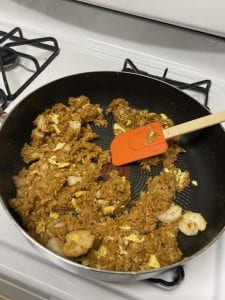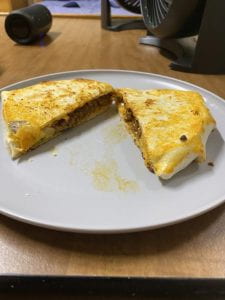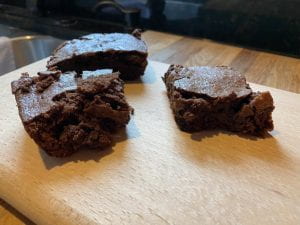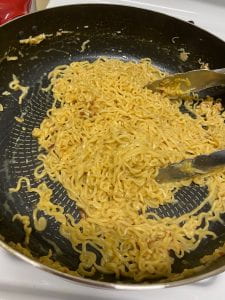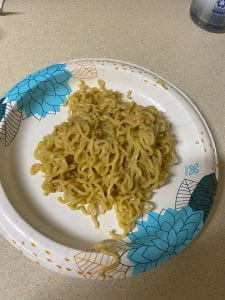Artist’s Statement:
An important genre to me and for the history of gaming is the Shmup genre, or the Shoot ‘em up genre. One of the most well-known video games is Space Invaders, which is one of the first and earliest games in this genre, following in its footsteps comes Galaxian and eventually the more popular Galaga. This is usually where the common knowledge of the genre stops and I wanted to showcase what the history as well as what comes after, what the genre looks like now. I was inspired by how Andy Warhol was able to use appropriation and historical moments to both make art and share knowledge about the topic of art. Appropriation played a very large role in my artwork. This artwork was done in Unity, by switching scenes around once a certain part is reached. The artwork starts as Space Invaders, recreated in Unity, then switches to a recreation of Galaga using Assets from an asset bundle in the unity Asset store, after that it switches to a bullet hell boss, created using Danmokou, which is a bullet hell engine made within unity. This is all to show the evolution of the genre
Here are three videos showing parts from each portion of the art/game (I suggest muting the video since the sound did not record properly even though there was not much sound anyway, if sound is not muted there will be a loud buzzing sound):
Space Invader
Galaga
Danmokou (Touhou Clone)
Space Invaders artwork is recreated from Space Invaders
I used a tutorial from Zigurous on youtube: How to make Space Invaders in Unity (Complete Tutorial) ?? – YouTube
For Galaga the artwork is originally from galaga and recreated by Playniax
The Galaga Essentials from the unity asset store: Galaga Essentials | Systems | Unity Asset Store
Danmokou created by Bagoum: What is Danmokou? (bagoum.com)

